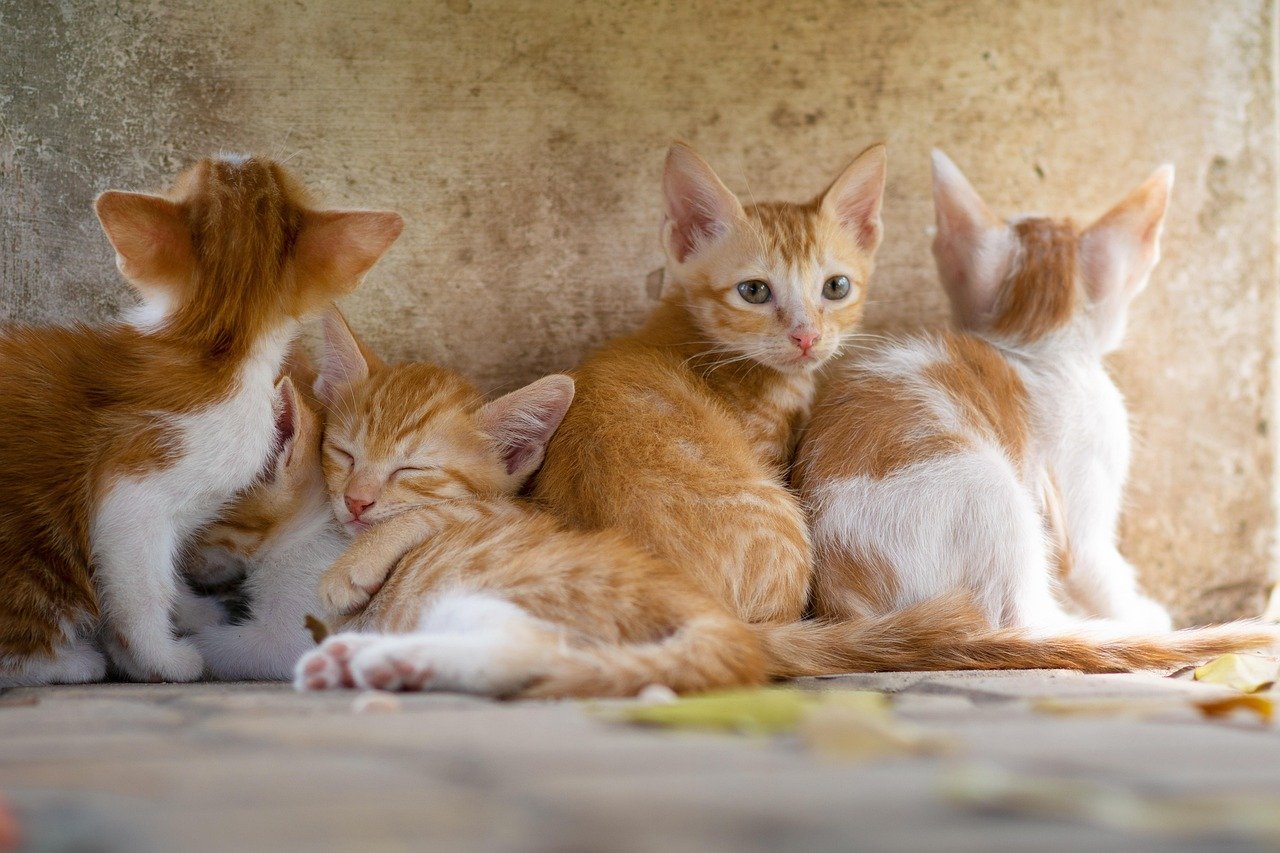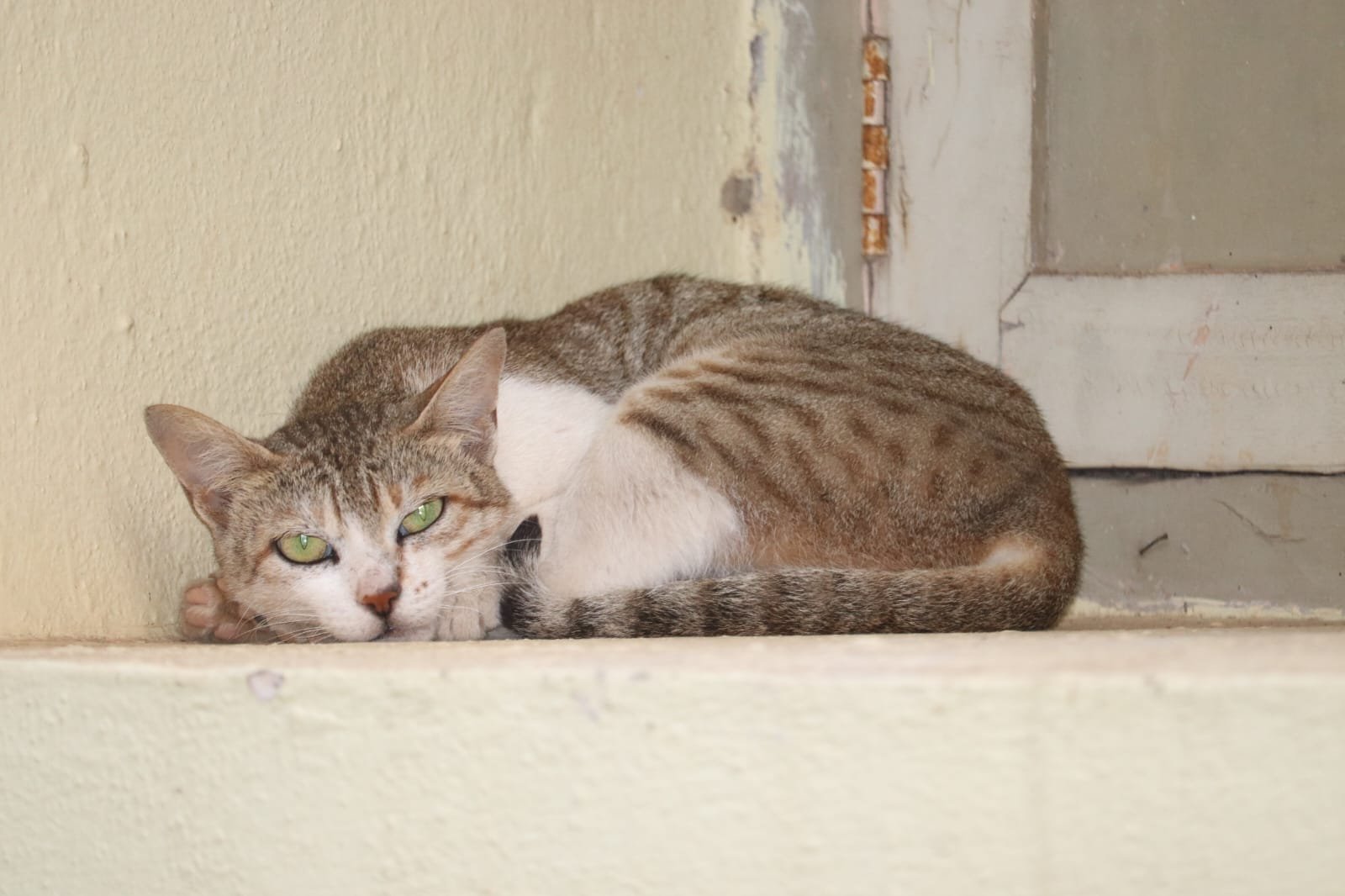Have you ever locked eyes with a cat who seems to have built a fortress around their heart? Some cats are natural cuddle-bugs, but others seem to guard their affection like a precious secret. For those who love a challenge, winning over a standoffish feline can be one of the most rewarding journeys. It’s a dance of patience, trust, and understanding—one that can melt even the iciest of hearts. If you’ve ever wondered how to break through those furry defenses, you’re about to discover a world where small gestures mean everything and every purr feels like a victory.
Understanding a Cat’s Unique Personality

Every cat is an individual with a personality as unique as a fingerprint. Some are curious and playful, while others are cautious and reserved. Before you try to win a guarded cat’s affection, it’s important to appreciate their temperament. Are they shy because of past trauma, or is it simply their nature? Observing their body language and reactions to different situations can reveal a lot. Try to notice what makes them comfortable and what sends them running for cover. Remember, earning trust starts with respecting who they are, not who you wish they would be. The sooner you accept their quirks, the more authentic your connection will be.
Giving Space: The Power of Patience

When it comes to cautious cats, patience isn’t just a virtue—it’s a necessity. Forcing attention or affection on a cat who values their space will only cement their walls higher. Instead, let them come to you at their own pace. Spend time nearby without trying to interact directly. Sit quietly in the same room, read a book, or go about your routine. This lets the cat observe you from a safe distance, learning that your presence isn’t a threat. Over time, your calm consistency becomes reassuring, laying the foundation for trust.
Letting the Cat Make the First Move

Cats thrive on autonomy, especially those who keep their distance. Instead of reaching out to pet or pick them up, give your cat the power to set the pace. Offer a hand for a sniff or sit with your legs crossed and wait patiently. Sometimes, a simple outstretched finger is all it takes to pique a cat’s curiosity. If they approach and sniff you, resist the urge to make sudden movements. Let them decide if they want more contact. When they do make the first move—like a gentle head bump or brushing against your leg—it’s a monumental step.
Learning the Language of Cat Body Signals

Cats communicate volumes through their bodies. Ears pinned back, a twitching tail, or wide eyes all mean something different. Understanding these signals is crucial for building a bond. Relaxed ears and a slow-blinking gaze are signs of trust, while a puffed tail or flattened ears signal fear. By respecting their cues, you show the cat that you’re listening—without words. If you misread a signal and the cat backs away, don’t chase. Simply pause and let them reset. Over time, your sensitivity to their language will help you earn their confidence.
Establishing a Safe Haven

A cat who keeps everyone out needs a sanctuary—a place where they feel totally secure. Set up a cozy bed or hiding spot in a quiet area of your home. This could be a soft blanket in a corner, a box with high walls, or a cat tree with a perch. Avoid approaching them in their sanctuary; let it remain their safe space. Knowing they have a retreat gives the cat a sense of control. When they start venturing out more often, you’ll know your efforts are working.
Building Trust Through Routine

Cats find comfort in predictability. Feeding, playtime, and even your daily comings and goings should follow a routine. A consistent schedule tells your cat that you are reliable and safe. Try to feed them at the same times each day and use the same gentle voice when calling them. Routine reduces anxiety for shy cats and slowly builds a sense of stability. With every day that passes without surprises, your cat’s guard will begin to lower, and you’ll become a familiar part of their world.
Offering Irresistible Treats

The way to many cats’ hearts is through their stomachs. High-value treats can work wonders, especially with a reserved feline. Offer treats by placing them a few feet away, gradually decreasing the distance as the cat grows comfortable. Never force treats into their space; let curiosity lead them. Special treats, like bits of cooked chicken or tuna, can be reserved for moments when the cat initiates contact. This positive reinforcement teaches them that approaching you brings rewards, making each step forward a little easier.
Engaging in Gentle Play

Play isn’t just fun for cats; it’s a powerful bonding tool. Use interactive toys like feather wands, string toys, or laser pointers to engage from a distance. Let the cat watch the toy move before encouraging them to join in. Avoid trying to physically touch the cat during play—focus on the game itself. Over time, play sessions become something the cat looks forward to, associating you with joy and excitement. Celebrate small victories, like a single swat at the string or a pounce from across the room.
Utilizing Calming Scents and Sounds

Some cats are highly sensitive to their environment. Calming pheromone diffusers and sprays can help ease anxiety, making your presence less intimidating. Soft music or white noise can mask startling sounds and create a peaceful atmosphere. Avoid sudden loud noises or abrupt movements. You can also leave a piece of your clothing near their favorite spot so they become familiar with your scent. These subtle touches can make a world of difference to a wary cat.
Respecting Boundaries at All Times

If your cat shies away from touch or flees when you approach, never force interaction. Cats remember negative experiences and will avoid anything that feels threatening. Instead, always give your cat the option to retreat. If they’re hiding, don’t try to coax them out with hands or loud voices. Speak softly and give them time to emerge when they’re ready. By showing respect for their boundaries, you become a source of safety rather than stress.
Creating Positive Associations

Pair your presence with things your cat enjoys. For example, sit nearby as they eat or play, so they begin to associate you with good experiences. Offer treats after a successful play session or gentle petting, if allowed. The more pleasant moments you share, the more likely it is that your cat will seek you out. Patience is key—the goal is to create a pattern where your company equals comfort and happiness.
Speaking in a Soothing Voice

Your tone of voice can have a profound effect on a shy cat. Speak softly and calmly, avoiding high-pitched or loud tones. Some cats respond well to gentle talking, while others prefer silence. Try reading softly or even singing a lullaby. Over time, your cat will learn that your voice means comfort, not danger. This simple act can help bridge the gap between suspicion and trust.
Letting Them Watch You From Afar

A cautious cat often observes from a distance before deciding if you’re trustworthy. Allow them to watch you as you cook, clean, or relax. Go about your activities calmly and without any sudden moves. Sometimes, cats feel more comfortable when they’re not the center of attention. Your consistent, non-threatening behavior will slowly convince them that you pose no threat.
Using Slow Blinks to Build Connection

In the feline world, a slow blink is the equivalent of a warm smile. When you catch your cat’s gaze, slowly close your eyes and open them again. This gesture signals trust and relaxation. If your cat blinks back, it’s a sign they are starting to feel comfortable. Slow blinking regularly can become a silent conversation—a ritual that reassures your cat you mean no harm.
Rewarding Progress, No Matter How Small

Every step forward is a victory, no matter how tiny. Did your cat come a little closer today? Did they sniff your hand or rub against your leg? Celebrate these moments quietly with a gentle word or a favorite treat. Avoid overwhelming them with excitement, as this can backfire. Recognizing progress, even in baby steps, keeps your motivation high and shows your cat that every effort is appreciated.
Introducing Other Pets Carefully

If you have other animals in the house, introducing them to a guarded cat must be done slowly. Allow the cat to observe the newcomer from afar before any direct interaction. Use scent swapping—rubbing a cloth on one animal and letting the other sniff it—to get them used to each other’s smell. Never force face-to-face meetings. The more gradual and controlled the introduction, the less stressed your cat will feel.
Handling Setbacks With Compassion

Progress is rarely a straight line. Some days, your cat may seem brave and outgoing; other days, they might retreat to their safe spot. Don’t get discouraged by setbacks. Instead, respond with understanding. Go back to basics if needed—give space, maintain routine, and offer treats. Cats often take two steps forward and one step back. Your consistency and kindness are what matter most in the long run.
Recognizing When to Seek Help

If your cat’s fearfulness seems extreme or isn’t improving over time, it may be time to consult a professional. Veterinarians or feline behaviorists can help rule out medical issues or provide tailored advice. Sometimes, underlying pain, illness, or past trauma can contribute to a cat’s wariness. Don’t hesitate to seek help if you’re worried—support from experts can make a huge difference for both you and your cat.
Celebrating Bonding Rituals

Over time, you and your cat may develop unique rituals—a morning greeting, an evening play session, or a nightly cuddle. Cherish these moments, no matter how small. They are signs of your cat’s growing trust and affection. These rituals will become part of your daily life, strengthening your bond in ways words can’t describe. Even a simple head bump or a soft purr is a sign of deepening affection.
Accepting Love in Their Own Way

Some cats may never become lap cats, and that’s perfectly okay. Affection can look different for each feline. One cat may curl up on your feet, while another simply sits nearby. Respecting your cat’s way of showing love is the ultimate act of devotion. What matters most is the trust you’ve built—knowing that, in their own special way, your cat has let you in.
Keeping the Bond Strong Over Time

Earning the affection of a guarded cat isn’t a one-time achievement—it’s an ongoing relationship. Continue to respect their boundaries, maintain routines, and offer positive experiences. As your bond deepens, your cat may surprise you with new displays of affection. Every day spent together is a testament to your patience and compassion.
Hi, I’m Bola, a passionate writer and creative strategist with a knack for crafting compelling content that educates, inspires, and connects. Over the years, I’ve honed my skills across various writing fields, including content creation, copywriting, online course development, and video scriptwriting.
When I’m not at my desk, you’ll find me exploring new ideas, reading books, or brainstorming creative ways to solve challenges. I believe that words have the power to transform, and I’m here to help you leverage that power for success.
Thanks for stopping by, Keep coming to this website to checkout new articles form me. You’d always love it!






